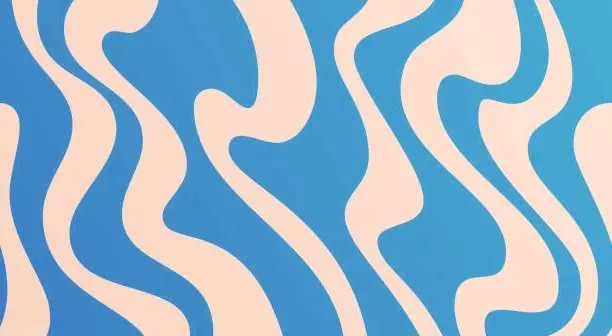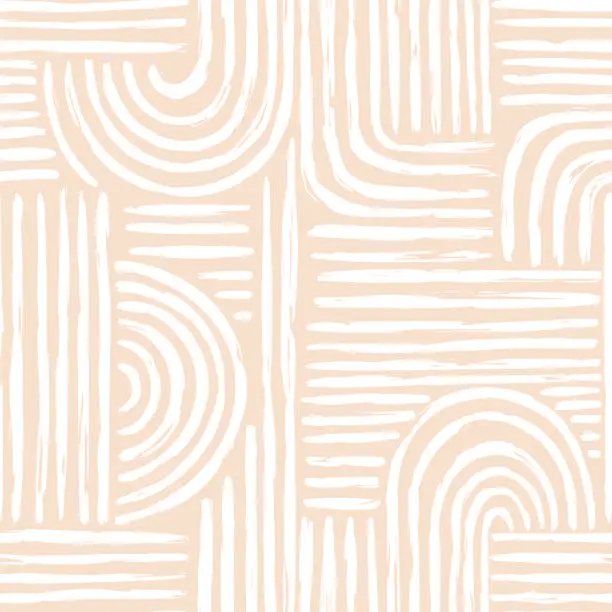
Designing Immersive Experiences: The Role of Virtual Reality in Design
- Admin
In recent years, Virtual Reality (VR) technology has emerged as a powerful tool in the realm of design, offering unprecedented opportunities for immersive experiences and creative expression. From architecture and interior design to product development and advertising, VR is revolutionizing the way designers conceptualize, visualize, and communicate their ideas. In this article, we explore the transformative impact of VR on the design process and its potential to shape the future of creative industries.
One of the most significant advantages of VR in design is its ability to create lifelike simulations of spaces and objects. Architects and interior designers can use VR to walk clients through virtual renderings of buildings and interiors, allowing them to experience the space firsthand before construction even begins. This not only enhances communication between designers and clients but also enables more informed decision-making and reduces the likelihood of costly errors during the construction phase.
Similarly, product designers can leverage VR to prototype and test their designs in a virtual environment, gaining valuable insights into usability, ergonomics, and aesthetics. By immersing users in virtual product simulations, designers can gather feedback early in the design process and iterate on their designs more efficiently, ultimately resulting in better products that meet the needs and preferences of end-users.
VR is also revolutionizing the way brands engage with consumers through immersive marketing experiences. Retailers can create virtual showrooms where customers can explore products in a virtual space, try on clothing or accessories, and make purchases without ever leaving their homes. This not only enhances the shopping experience but also opens up new possibilities for personalization and customization, as customers can interact with products in ways that were previously impossible in traditional retail settings.
In addition to its practical applications, VR also offers boundless creative possibilities for artists and designers. VR art platforms allow artists to create three-dimensional artworks in virtual space, pushing the boundaries of traditional art forms and inviting viewers to engage with art in new and immersive ways. Similarly, designers can use VR to experiment with spatial design, interactive installations, and multisensory experiences, blurring the lines between physical and digital realms.
However, despite its immense potential, VR in design is not without its challenges. High costs, technical limitations, and the need for specialized expertise can present barriers to adoption for some designers and businesses. Moreover, questions surrounding privacy, data security, and ethical considerations in virtual environments must be carefully addressed as VR technology continues to evolve and become more widespread.
Despite these challenges, the future of VR in design looks promising. As technology advances and becomes more accessible, VR has the potential to democratize design, empowering designers of all backgrounds to create immersive experiences that captivate, inspire, and delight audiences around the world. Whether it's visualizing architectural spaces, prototyping products, or creating interactive art installations, VR is poised to revolutionize the way we design, communicate, and experience the world around us.
